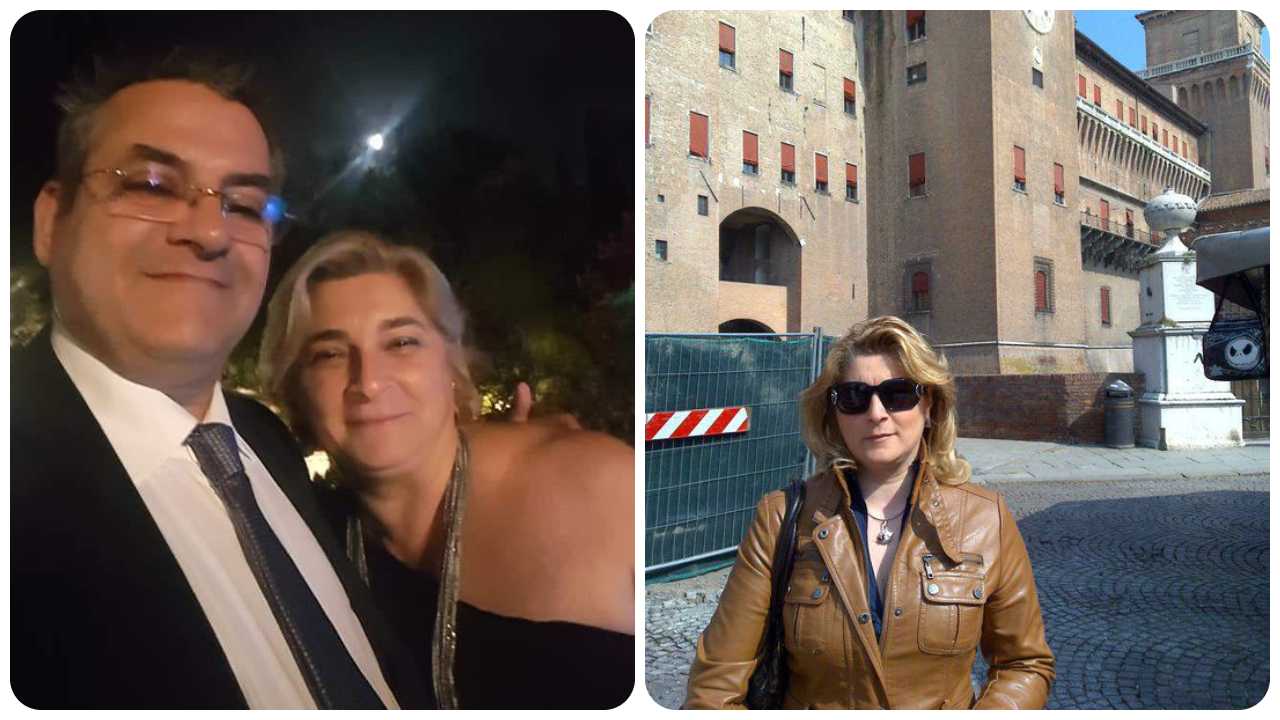If anyone knows anything about the wonderful baroque composer Antonio Vivaldi, beyond his 'Red Priest' nickname, it is that he composed many of his pieces for an orchestra composed of orphaned girls in Venice.

Anna Maria del Violin was orphaned at the Church of the Pieta in Venice, where she received an excellent musical education, including maestro Antonio Vivaldi. Anna Maria dal Violin The narrator of Vivaldi’s Virgins is based on a real person, known in childhood as Anna Maria dal Violin (with the accent on the last syllable, pronounced “leen”), and throughout her adult life as Anna Maria della Pietà. Her life followed the basic outlines elucidated in the novel. Anna Maria dal Violin was one of Vivaldi’s prized students, and at the age of 24 she attained the position of “Maestra,” leader of the orchestra. In addition to the violin, she played the cello, lute, harpsichord, mandolin, viola d’amore and oboe. Anna Maria remained at the orphanage her whole life and died at. Anna Maria dal Violin. The narrator of Vivaldi’s Virgins is based on a real person, known in childhood as Anna Maria dal Violin (with the accent on the last syllable, pronounced “leen”), and throughout her adult life as Anna Maria della Pietà. Her life followed the basic outlines elucidated in the novel. She was brought as an infant to Venice’s home for foundlings, the Ospedale della Pietà, in 1689.


Author Barbara Quick illuminates that long-ago world for readers, along with life in Venice in the early 1700s, with her historical novel, 'Vivaldi's Virgins' (HarperCollins, 284 pages, $24.95).
Readers peer into this world through the eyes of an orphan who has awakened into life at the Ospedale della Pieta orphanage without knowing who her parents are.
Quick deftly allows readers to learn her circumstances and her interior thoughts through letters that Anna Maria dal Violin is ordered, by the stern nuns, to write to her unknown mother. Quick's epistolary approach also informs that Anna Maria has developed into an outstanding violinist, despite her disciplinary run-ins with the nuns.
Anna Maria's talent gives her more access to the composer Vivaldi than other girls at the orphanage. Through these glimpses, readers can surmise that Vivaldi was hardworking, ambitious and a bit vainglorious as a priest and composer.
Anna Maria existed historically as surely as Vivaldi did; her records were among those recovered from the Pieta. Quick's narrative darts in time between her youth and middle age, sometimes bridged by the phase: 'If I knew then what I know now.'
Anna Maria Dal Violin Piano
The tension in the novel rises from Anna Maria's quest to learn who she is. Anna Maria is often punished by her attempts to go beyond the orphanage's bounds as a young teen, both to see the outside lush world of Venice and to find clues about her origin.
Eventually, Anna Maria learns truths not only about herself but also about other characters, including another Anna, a singer who became close to the middle-age Vivaldi. Many historians believe the second Anna was Vivaldi's paramour, but Quick inserts a different theory.
Anna Maria Dal Violin
Readers will also see other composers, including Handel and Scarlatti, in the context of the era. Medicare emergency room copay.
Anna Maria Dal Violin Music
Quick, however, allows the character of Venice itself to dominate the novel more than Vivaldi's music. Vivaldi aficionados will be disappointed that hardly any of Vivaldi's specific works are mentioned.
